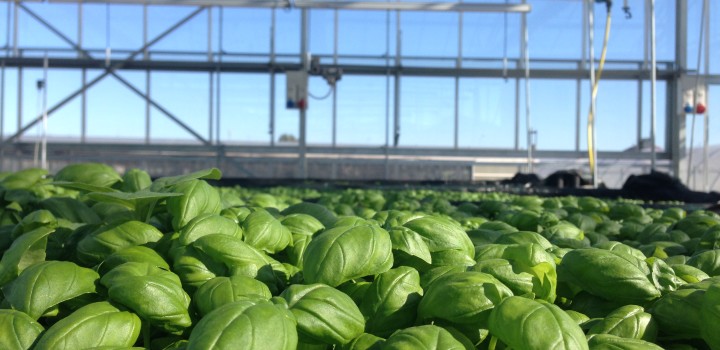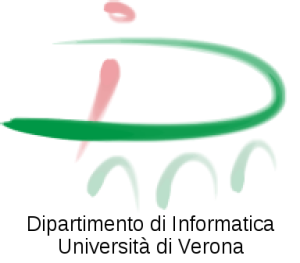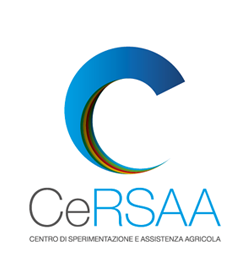Partners
- Coordinator – Dipartimento di Informatica – Università degli Studi di Verona (scientific responsible Dr. Davide Quaglia)
- Centro di Sperimentazione e Assistenza Agricola (CeRSAA) (scientific responsible Dr. Giovanni Minuto)
- Agricontrol Snc di Balbo e Secco.
Funding body
The project is partially funded by the University of Verona under Joint Projects 2015 programme.
Objectives
In agriculture, several plant pathogens, e.g., bacteria and fungi, can cause serious damages to crops, consumers and economy. Recently, CeRSAA, the agronomic research center belonging to the Chamber of Commmerce, Industry, Handicraft and Agriculture of Savona, investigated, as first, Peronospora belbahrii on sweet basil in Italy. Sweet basil, although being a minor crop, is of crucial importance for some recipes regarding the traditional Italian cuisine. Cultivation under protected environement allows to increase yields and to control environmental conditions. For decades Agricontrol has been working on the design and implementation of sensors and controls for greenhouse with regards to the main physical parameters (e.g., light, wind, rain, temperature, humidity) in order to regulate heating, chilling, lighting, fertilization, irrigation,…
Traditional greenhouse control systems react to threshold crossing events on each monitored parameter but they do not consider the global relationship between all these parameters and crop behaviour. Therefore a greenhouse control system based on real time data acquisition through a dedicated sensor network is needed in order to maximize crop yield and minimize plant infections. The pathosystem “Basil-Peronospora” can be further investigated by using novel sensors for contactless measurement of leaf temperature. The use of sensors in the study of plant pathogens requires a great flexibility in their positioning, therefore current Agricontrol’s architecture will be extended with wireless devices compliant to well-known industrial standards like ZigBee.
The project, spanning over 2 years, aims at improving knowledge, methodologies, and technology applied to high-income crops cultivated in greenhouse such as basil. The research has the following objectives:
- development of a ZigBee wireless sensor for contactless measurement of leaf temperature;
- further investigation of the pathosystem “Basil-Peronospora” through fine-grain sensor monitoring;
- creation of a mathematical model linking physical environmental parameters, plant growth, and disease development;
- set up of a prediction model of plant growth and disease development as a function of physical environmental parameters and weather forecast;
- creation of a monitoring and control system fostering plant growth and reducing disease development applied to the pathosystem “Basil-Peronospora”;
- wireless extension of the current control architecture with compliance to industrial standards such as ZigBee.
Expected results
The project is going to provide new knowledge about the pathosystem “Basil-Peronospora” and a novel type of greenhouse automation system aimed to optimize crop yield and to limit disease development. Project results will have a positive impact on economy, food availability and quality since the improved disease control will contribute to optimize and to reduce pesticide application.
Technical article published on “Flortecnica” (page 17)





